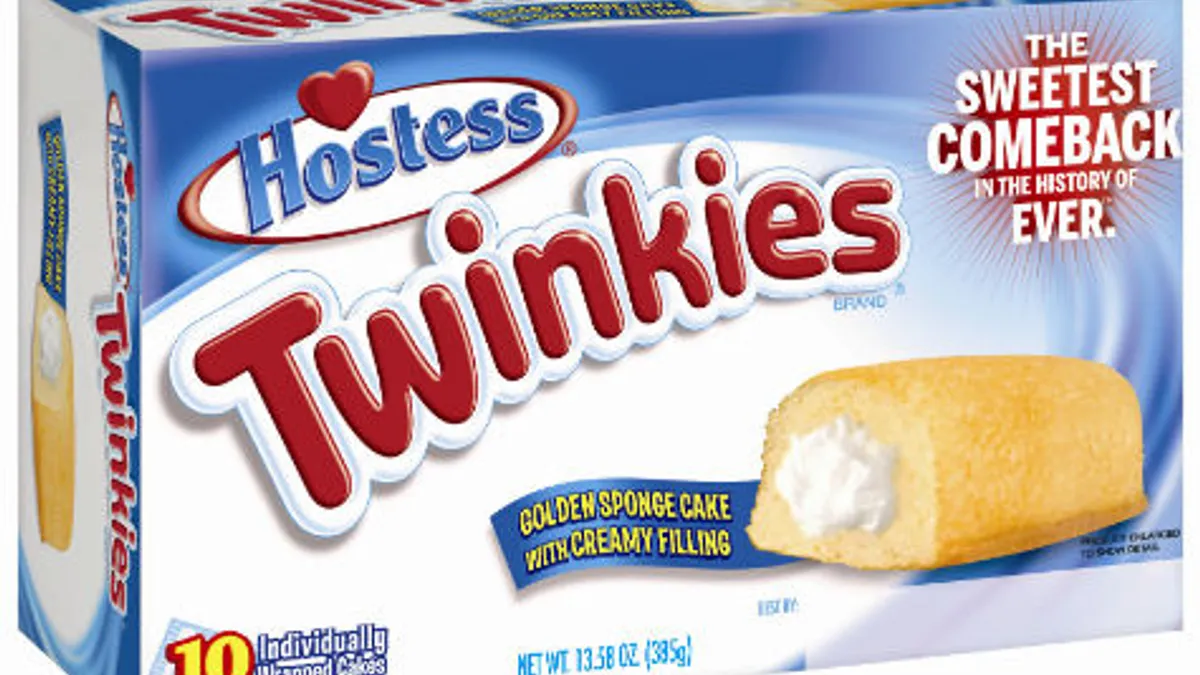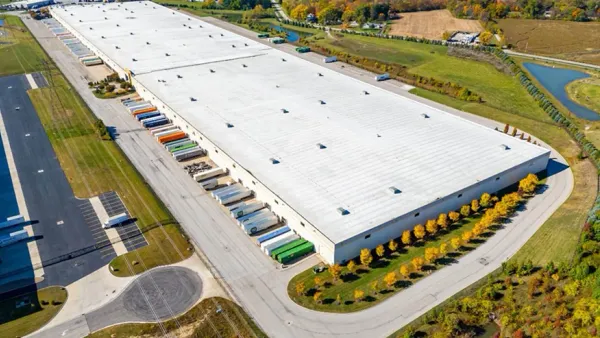Dive Brief:
- Pivoting to a direct distribution model and committing to shorter lead times and rapid inventory turnaround transformed Hostess Brands’ supply chain, said David Hovey, Director of Supply Chain, and set the company up for success after restarting from bankruptcy.
- Hovey said the old Hostess Brands company used more than 30 bakeries, but when the company re-launched, they pared that down to four. The new company also eliminated its direct store delivery (DSD) model in favor of a direct-to-consumer model.
- According to Hovey, these changes, combined with a customer-centered mindset, enabled Hostess Brands to get “agility rolling in six to eight months” and spark unprecedented product innovation.
Dive Insight:
While Hostess' comeback is remarkable for several reasons, the supply chain re-launch shows just how integral supply chain processes are to a company's success. For Hostess, inventory management and demand planning were big challenges, but the company's methods for addressing them paid off in a big way.
According to Hovey, Hostess faced two main inventory management challenges — inefficient inventory management and limited innovation or new product initiatives — but also production scheduling and planning process struggles. Switching to a direct-to-consumer warehouse model helped address these:
"We've been able to invest in better, high speed lines," Hovey said. "We're now able to do very, very fast inventory turns — I've seen it as quick as 20-25 days, from bakery to shelf."
The question is, what does the customer want?

David Hovey
Director of Supply Chain, Hostess Brands
This also allowed the company to innovate with seasonal products; Hostess now sets up corrugated pallet displays in stores with holiday-themed Twinkies, Ding-Dongs, and HoHos. For Fall, there's even a pumpkin spice Twinkie for sale.
"S&OP is kind of the mindset, we have a product we want to offer people," Hovey said. "We reinvented the model [of advertising and distribution] but not the Twinkie so much."
Hovey said that S&OP forecasting is still a challenge because the new company is only a few years old, but it's getting better, especially since the company went from cadence-based planning to "consumer-centric continuous planning."
"The question is, what does the customer want?" Hovey said. "We're definitely trying not to be fixated on 'this is what we do,' but 'what can we do?'"
For Hostess, then, uniting S&OP and supply chain with a consumer-focused mission is what helped the company successfully re-launch. Hostess is just one example of the industry trend toward a hyper-focus on the consumer's needs and expectations, and how it pays off and makes the supply chain leaner and more profitable.















